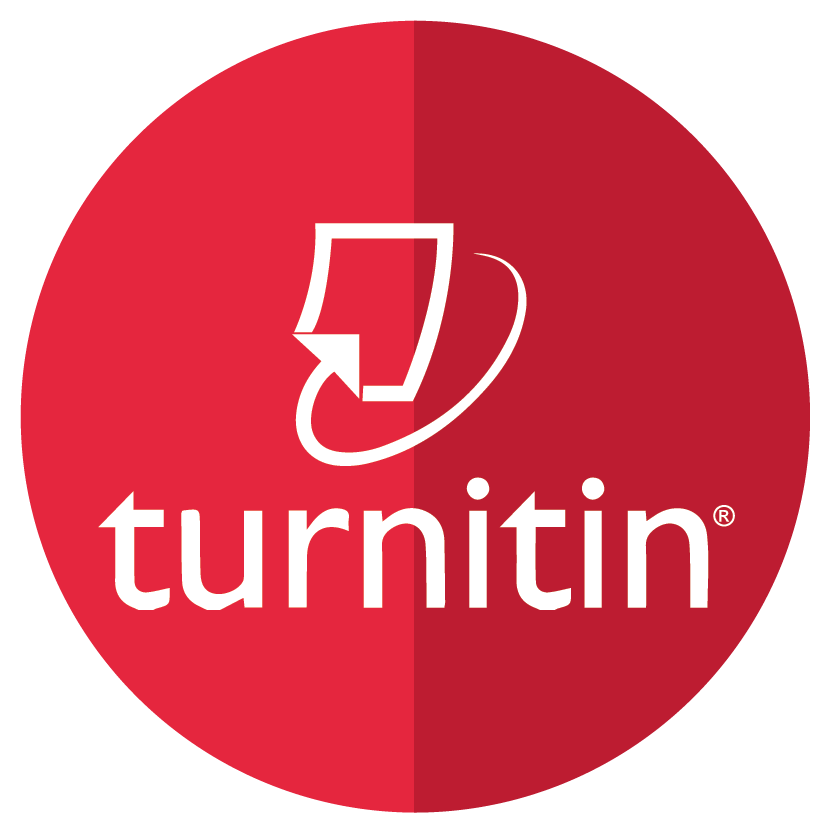PERAN PENGETAHUAN SUBJEKTIF DAN OBJEKTIF MAHASISWA CALON GURU SD DALAM MATERI STATISTIK
Abstract
Pentingnya pengetahuan subjektif dan objektif dalam mengkontruk pengetahuan statistic calon guru SD di era globalisasi. Literasi statistic salah satu upaya untuk menjembatani konstruk tersebut. Tujuan penelitian: menganalisis pengetahuan subjektif dan objektif yang sudah dilakukan oleh mahasiswa calon guru SD dalam memahami materi statistic berdasarkan kategori kognitif. Metode penelitian deskriptif kualitatif. Subjek penelitian mahasiswa calon guru SD disalah satu universitas swasta kota Surakarta yang menempuh mata kuliah Statistika Pendidikan Tahun Akademik 2022/2023 dengan teknik purposive sampling dengan kategori Tinggi, Sedang, dan Rendah. Teknik pengumpulan data menggunakan observasi, wawancara, dan dokumentasi. Keabsahan data menggunakan triangulasi teknik dan sumber. Analisis data model siklus: 1) reduksi data, 2) penyajian data, dan 3) penarikan kesimpulan. Hasil penelitian disimpulkan bahwa: 1) mahasiswa calon guru SD kategori Tinggi lebih banyak melakukan kreasi, dimana pengetahuan subjektif sangat berperan dalam mendapatkan pengetahuan objektifnya yang dilakukan secara mandiri, 2) kategori sedang, memiliki keseimbangan aktivitas pada pengetahuan subjektif dan objektifnya yang dilakukan dalam belajar kelompok, dan 3) kategori rendah aktivitas pengetahuan subjektif dan objektifnya lebih sedikit dibandingkan kategori tinggi dan sedang namun, ada upaya yang dilakukan melalui belajar kelompok pada materi statistic. Rekomendasi terkait hasil penelitian, bagi peneliti selanjutnya dapat menerapkan pembelajaran berdiferensiasi yang dapat mengakomodir kebutuhan mahasiswa calon guru SD.
Full Text:
PDFReferences
Ernest, P. (1991). The Philosophy of Mathematics Education. The Falmer Press.
Fajar, A. P., Kodirun, K., Suhar, S., & Arapu, L. (2018). Analisis Kemampuan Pemahaman Konsep Matematis Siswa Kelas VIII SMP Negeri 17 Kendari. Jurnal Pendidikan Matematika, 9(2). http://dx.doi.org/10.36709/jpm.v9i2.5872
Garfield, J., & Ben-Zvi, D. (2009). Helping Students Develop Statistical Reasoning: Implementing a Statistical Reasoning Learning Environment. Teaching Statistics, 31(30), 72–77. https://doi.org/10.1111/j.1467-9639.2009.00363.x
Glasersfeld, E. von. (1989). Constructivism in Education. Husen and Postlethwaite.
Hammett, R., Collins, A. (2002). Knowledge construction and dissemination in graduate education. Canadian Journal of Education, 27(4), 439–453. https://doi.org/10.2307/1602244
Ioan Fazey, J. A. F. and D. M. A. F. (2005). Learning More Effectively from Experience. Ecology and Society, 10(2):4 [Online]. URL: http://www.ecologyandsociety.org/vol10/iss2/art4/
Irwandi, B., Roza, Y., & Maimunah, M. (2022). Analisis Kemampuan Literasi Statistis Peserta Asesmen Kompetensi Minimum (AKM). Jurnal Gantang, 6(2), 177–183. https://doi.org/10.31629/jg.v6i2.3961
Jatisunda, M. G., Nahdi, D. S., & Suciwati, V. (2020). Literasi Statistika Mahasiswa Adminitrasi Publik. SJME(Supremum Journal of Mathematics Education), 4(2), 134–146. https://journal.unsika.ac.id/index.php/supremum/article/download/3488/2274
Jayanti, F., & Arista, N. T. (2019). Persepsi Mahasiswa Terhadap Pelayanan Perpustakaan Universitas Trunojoyo Madura. Competence : Journal of Management Studies, 12(2), 205–223. https://doi.org/10.21107/kompetensi.v12i2.4958
Jones, M.G., Brader-Araje, L. (2002). The impact of constructivism on education: Language, discourse, and meaning. American Communication Journal, 5(3).
Moses N.IkiuguPhD, O. (2007). Chapter 3 - Psychological Theories that have Contributed to the Development of Occupational Therapy Practice. In Psychosocial Conceptual Practice Models in Occupational Therapy (pp. 41–74).
Nancy Pon, F. (2001). Constructivism in the Secondary Mathematics Classroom An Independent Inquiry - Semester I. EGALLERY, 3(2).[Online]. http://www.ucalgary.ca/~egallery
OECD. (2009). Creating Effective Teaching and Learning Environments First Results From TALIS. TALIS OECD Publishing.
Prihastari, E. B. (2022). Kajian Literasi Statistik pada Jenjang Pendidikan di Indonesia. 8(2), 290–299. https://doi.org/10.30653/003.202282.250
Raghunatan, A. (2000). Self Confidence. Sychology4all. [Online]. http://www.psychology4all.com.
Sharma, S. (2017). Definitions and models of statistical literacy: a literature review. Open Review of Educational Research, 4(1), 118–133. https://doi.org/https://doi.org/10.1080/23265507.2017.1354313
Tishkovskaya, Svetlana, & Lancaster, G. A. (2012). Statistical Education in The 21st Century: A Review of Challenges, Teaching Innovations and Strategies For Reform. Journal of Statistics Education, 20(2), 1–56. https://doi.org/10.1080/10691898.2012.11889641
Walgito, B. (2010). Pengantar Psikologi Umum. Andi.
Yotongyos, M., Traiwichitkhun, D., & Kaemkate, W. (2015). Undergraduate Students’ Statistical Literacy: A Survey Study. Procedia - Social and Behavioral Sciences, 191, 2731–2734. https://doi.org/10.1016/j.sbspro.2015.04.328
Zhang, H., Miller-Cotto, D., & Jordan, N. C. (2023). Estimating the co-development of executive functions and math achievement throughout the elementary grades using a cross-lagged panel model with fixed effects. Contemporary Educational Psychology, 72(November 2022), 102126. https://doi.org/10.1016/j.cedpsych.2022.102126
DOI: https://doi.org/10.37058/jarme.v5i1.6201
Refbacks
- There are currently no refbacks.

This work is licensed under a Creative Commons Attribution-ShareAlike 4.0 International License.
Journal of Authentic Research on Mathematics Education (JARME)
Program Studi Pendidikan Matematika, Universitas Siliwangi
Jl. Siliwangi no. 24 Kota Tasikmalaya - 46115
email: jarme@unsil.ac.id
e-ISSN: 2655-7762
Licensed under a Creative Commons Attribution 4.0 International License
StatCounter:
Detail
Indexed by :


.jpg)
.jpg)



